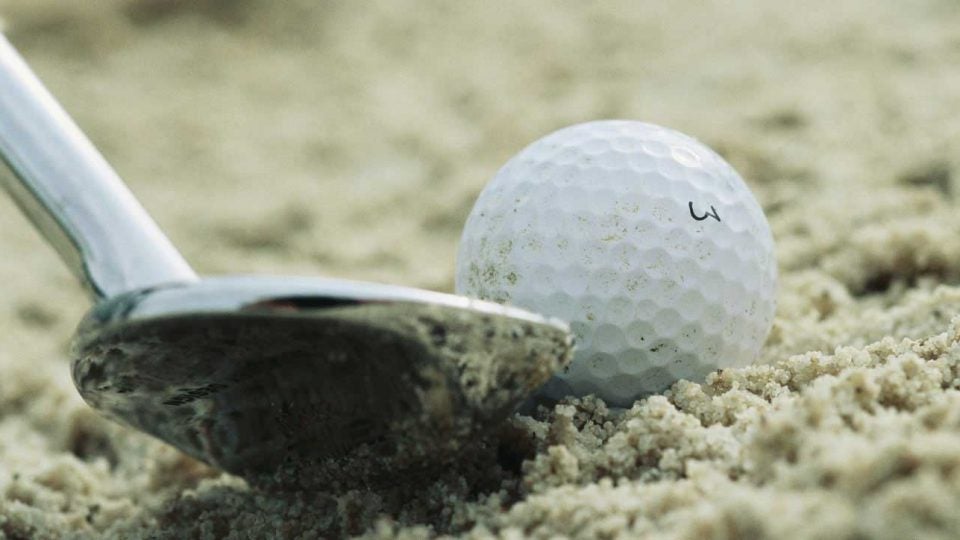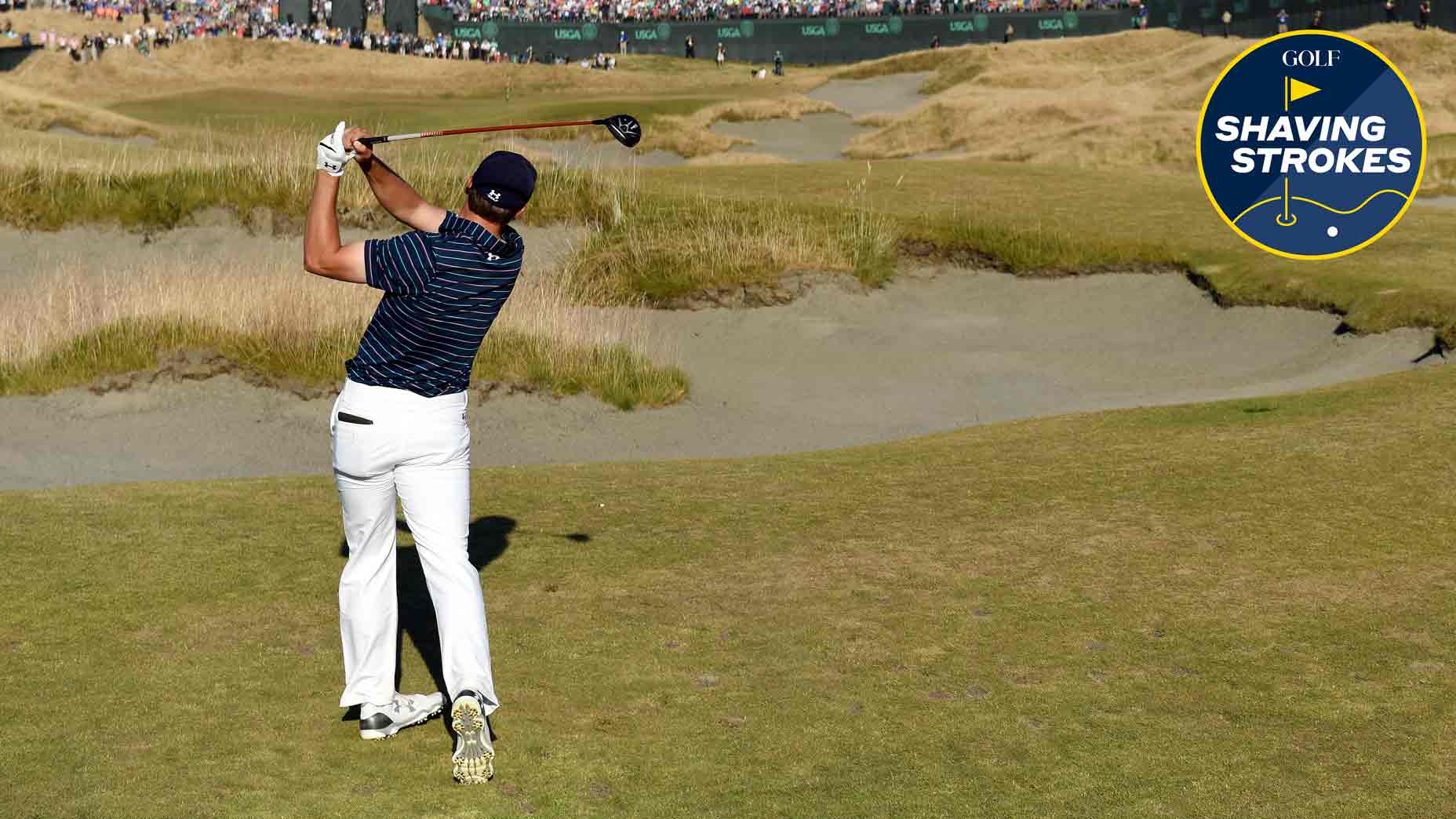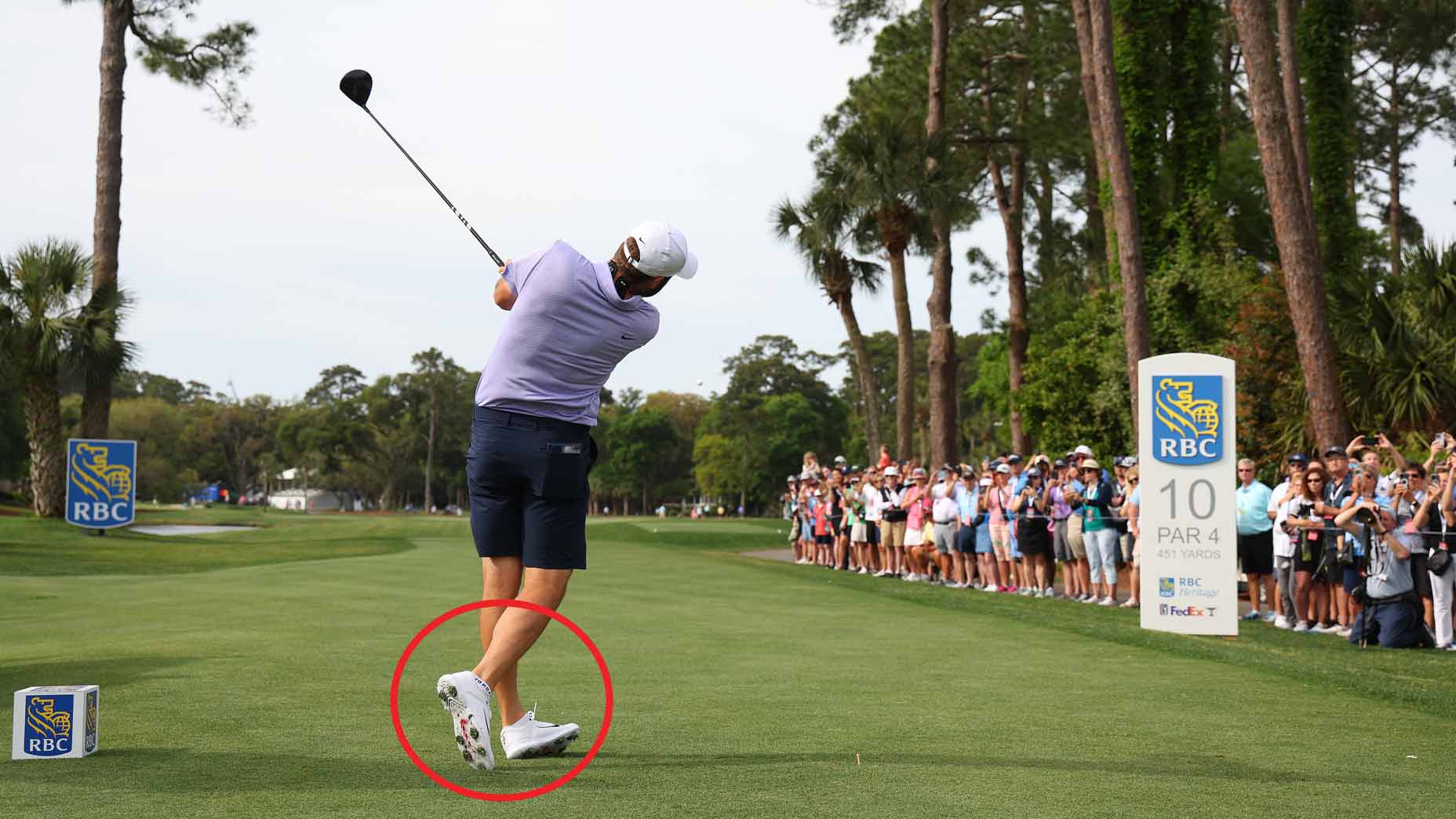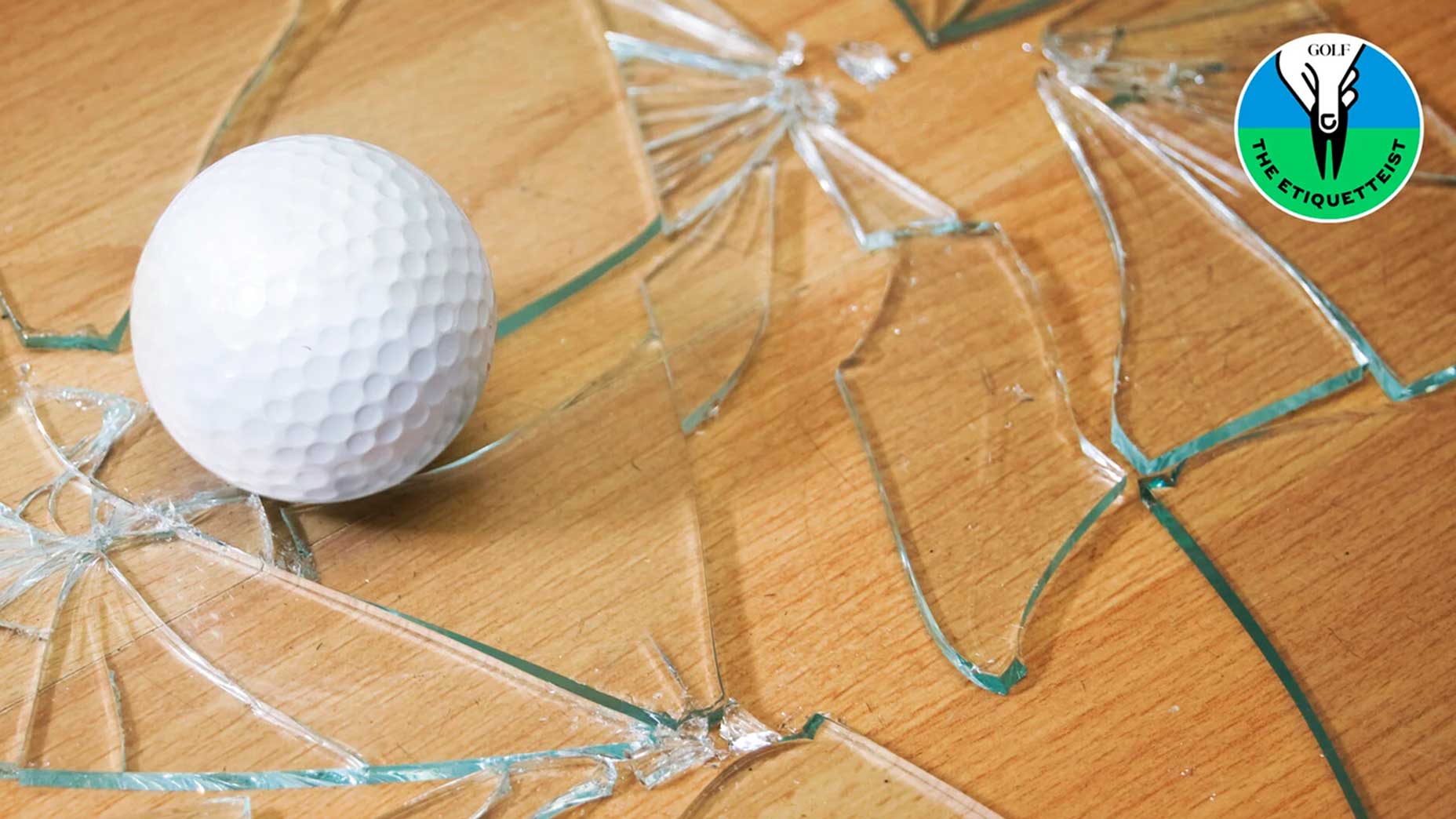Let me take you back to the late 1970s for a moment. I was just launching my work with my first six PGA Tour players, having spent months analyzing their games from tee to green. I had accomplished this task by following each of them during tournament play (for 40-plus events), measuring, recording and plotting how accurately they hit every shot relative to their targets, from tee shot to hole-out. I logged many miles stepping-off distance markers around the various courses. (Sadly, my analysis preceded the advent of laser rangefinders!) I measured and marked sprinkler heads, trees, sand traps and other obvious hazards so I could record data for all four players in whatever group I was following.
After plotting and analyzing the data for each player, I came to the realization that their short games were in the most need of attention, and that between 60 and 65 percent of all shots originate inside of 100 yards. Moreover, I learned that approximately 80 percent of shots lost to par also occur within the short-game zone. The real kicker? The data clearly showed that the players with the best, most accurate short games also won the most money! This was the beginning of my career in teaching players and helping them shoot lower scores.
Fact: Most PGA and LPGA Tour players hit their drives and iron shots more accurately to their targets (on a percentage basis) than they do their wedge and short-game shots. My six original professionals were no exception. Discovering the statistically significant importance that the short game had on scoring led me to my basement workshop, where I created the first 60-degree wedge — a dedicated scoring tool. I took a 55-degree sand wedge (the most lofted club on Tour at the time), cut off the hosel, welded it back on with five degrees more loft, and adjusted the bounce.
After showing this club to Tom Kite, Andy North, Jim Simons, Tom Jenkins, Joe Inman and Allen Miller (my original six players) in 1980, it didn’t take long for them to add this “lob” wedge to their bags.
Kite was the first to put one into play, in 1981, the year he topped the money list and was voted most improved player. Major manufacturers soon followed suit, producing lob wedges en masse. The lure of the lobber has grown slowly yet constantly over the years, to the point where GolfWRX’s “What’s in the Bag” column reported that every PGA Tour winner last season, except two, carried a 60-degree wedge (the two exceptions carried 58-degree wedges). That, my friends, is validation to the max. As a sign of things to come, two of the winners carried 64-degree wedges!
Weekend players complain that lob wedges are difficult to hit. Please! If you simply accelerate through impact, a 60-degree wedge is just as easy to hit as a 55. Play the ball in the middle of your stance and go short backswing to long follow. You’ll quickly learn that the lob is the one wedge you can’t live without.
FROM THE EDITOR: Pelz’s data eventually led to the PGA Tour’s decision to establish and execute its ShotLink program, the extensive and accurate system of measuring Tour player performance—in real time—for the benefit of both fans tracking at home and for the players themselves as part of their own self-assessments.
[bc_video video_id=”5977839533001″ account_id=”416418725″ player_id=”B1lrmWbebQ” embed=”in-page” padding_top=”56%” autoplay=”” min_width=”0px” max_width=”640px” width=”100%” height=”100%”]







